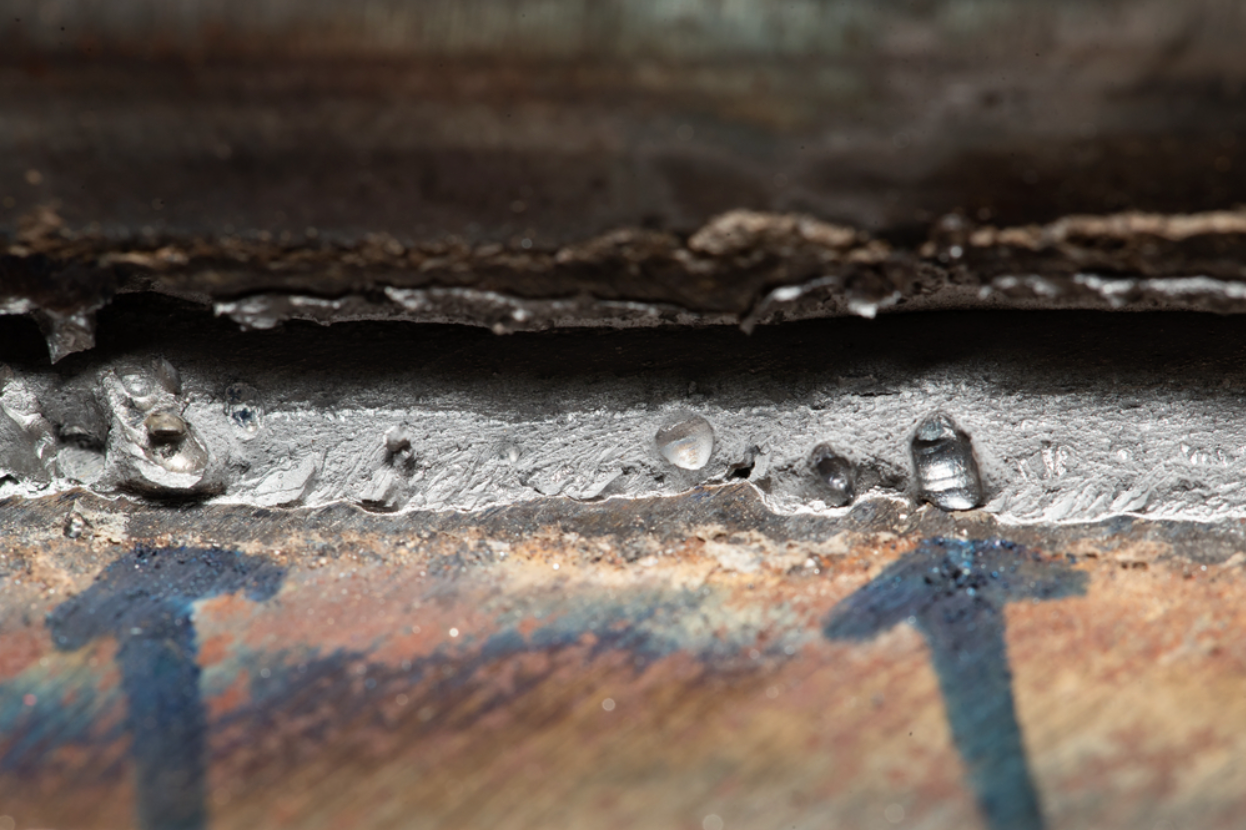Professional Methods for Preventing Weld Undercut Successfully
Professional Methods for Preventing Weld Undercut Successfully
Blog Article
Vital Tips for Welders: Stopping Undercut Welding and Ensuring Stronger Weld Joints
In the realm of welding, achieving resilient and strong weld joints is the keystone of producing premium work. One common challenge that welders typically run into is undercut welding, which can endanger the stability of the weld joint.

Recognizing Undercut Welding
Undercut welding is a common welding defect that takes place when the weld steel stops working to correctly load the groove and leads to a groove-like anxiety along the weld bead. This flaw deteriorates the weld joint, making it vulnerable to cracking and failing under stress. Undercutting can be triggered by different aspects, including too much welding current, high welding rate, incorrect electrode angle, wrong electrode size, and poor welding technique.
One of the major factors for undercut welding is a discrepancy between the welding current and the welding speed. If the welding current is expensive or the welding speed is as well fast, the weld metal might not sufficiently fill up the groove, causing damaging. In addition, making use of an electrode that is as well big can cause a similar outcome, as the excess metal can not appropriately move into the groove.
To stop undercut welding, welders must guarantee they are making use of the proper welding specifications, maintain a suitable electrode angle, choose the suitable electrode size, and method proper welding strategies. By attending to these elements, welders can lessen the risk of damaging and create more powerful, much more reputable weld joints.
Proper Welding Strategy
Effective welding technique plays a vital role in making sure the top quality and stability of weld joints. One basic element of proper welding method is preserving the right angle and range in between the welding gun and the work surface.
In addition, a constant and consistent hand movement is essential for developing strong and long lasting weld joints. Welders need to go for smooth, consistent activities to make sure even circulation of the weld material. Correct manipulation of the welding weapon and filler material is additionally crucial to achieving ideal penetration and combination.
Furthermore, managing the warmth input and selecting the ideal welding specifications based upon the material being welded are essential aspects in attaining premium welds - Preventing weld undercut. Welders should comply with the advised settings supplied by welding treatment specifications and change them as required based upon the specific needs of the job. By mastering appropriate welding methods, welders can significantly boost the strength and reliability of their weld joints
Selecting the Right Electrode
When thinking about the value of picking the right electrode in welding applications,Maintaining the appropriate angle and distance between the welding weapon and the work surface is basic. The selection of electrode plays an important function in establishing the top quality and stamina of the weld joint. Electrodes are available in different kinds, each created for details functions and materials.
Firstly, selecting the suitable electrode size is essential. Thinner electrodes appropriate for welding thin materials, while thicker electrodes are much better for thicker materials and higher heat applications. Matching the electrode diameter to the density of the workpiece assists attain a well balanced weld.
Second of all, recognizing the material make-up of the electrode is essential. Various electrodes are designed for welding specific materials like steel, stainless-steel, aluminum, or cast iron. Using the correct electrode product makes sure great fusion and minimizes the risk of issues in the weld.
Finally, thinking about the welding setting and method is critical when choosing the electrode kind. Specific electrodes are much better suited for vertical or overhead welding settings, while others function well for level or horizontal settings. Choosing the ideal electrode based on the welding method enhances the overall weld quality hop over to these guys and honesty.
Preparing the Base Metal
To make certain a successful welding procedure, what first actions should be taken when preparing the base metal for welding? Additionally, any existing weld product or deposit from previous welding need to be gotten rid of to ensure a clean surface for the new weld.

Conducting Post-Weld Inspections

After conducting these analyses, welders should compare the results versus industry requirements and task needs to make sure that the weld joint fulfills all required criteria. Any kind of deviations or insufficiencies found throughout the post-weld evaluation should be promptly addressed via proper restorative steps to assure the weld's honesty. By vigilantly performing post-weld evaluations and quickly addressing any problems, welders can support the high quality and dependability of their work, inevitably adding to the safety and security and durability of the welded structures.
Final Thought

In conclusion, avoiding undercut welding and making sure more powerful weld joints require a combination of correct welding technique, picking the ideal electrode, preparing the base steel properly, and performing post-weld examinations. By understanding the root causes of undercut welding and executing the needed precautions, welders can produce top quality weld joints that fulfill market standards and ensure the architectural stability of the bonded parts.
Undercut welding is an usual welding defect that takes place when the weld metal stops working to effectively fill the find more info groove and results in a groove-like anxiety along the weld grain (Preventing weld undercut). Damaging can be caused by numerous elements, including too much welding present, high see this site welding speed, improper electrode angle, inaccurate electrode dimension, and inadequate welding strategy
One of the primary factors for undercut welding is an inequality in between the welding present and the welding speed. If the welding current is too high or the welding rate is as well quickly, the weld metal might not adequately load the groove, leading to undercutting.Preserving the right angle and range between the welding weapon and the work surface is fundamental when thinking about the relevance of choosing the ideal electrode in welding applications.
Report this page